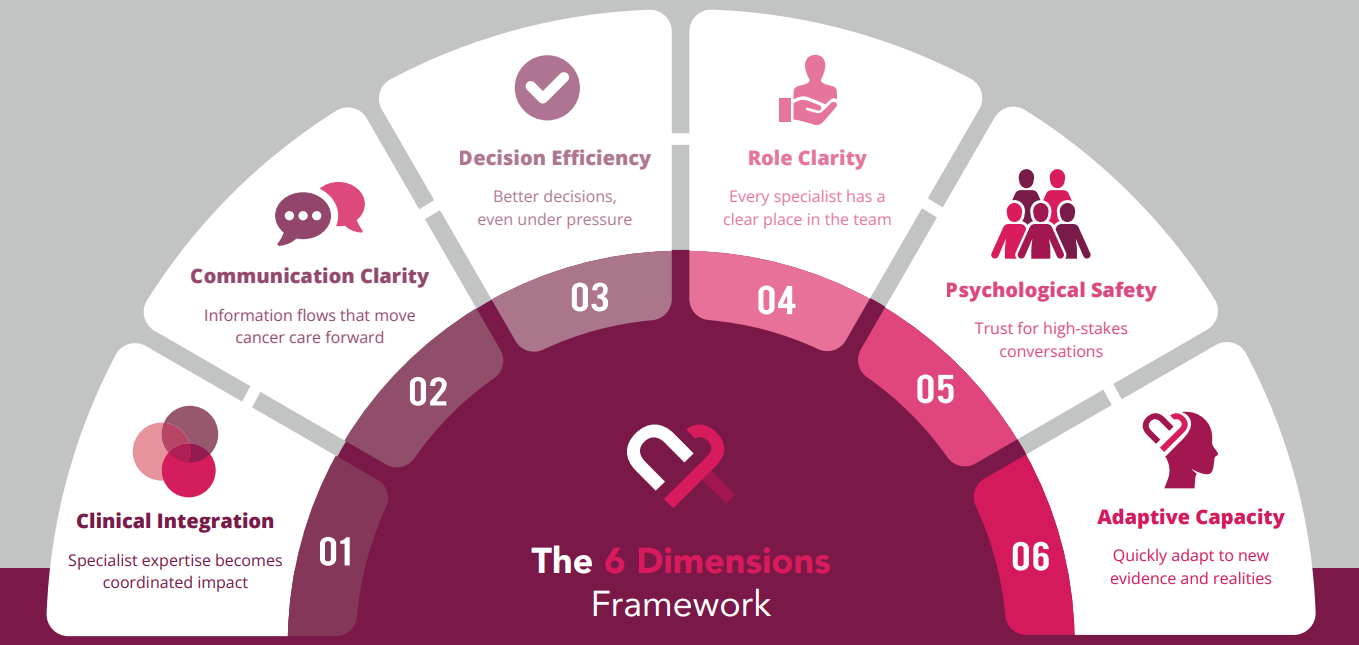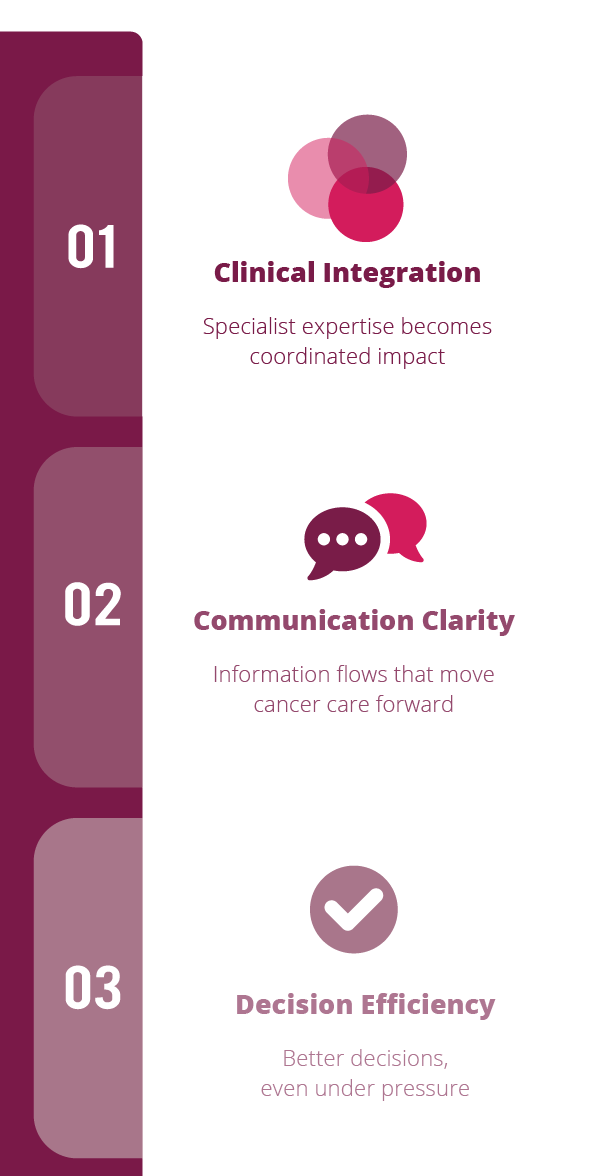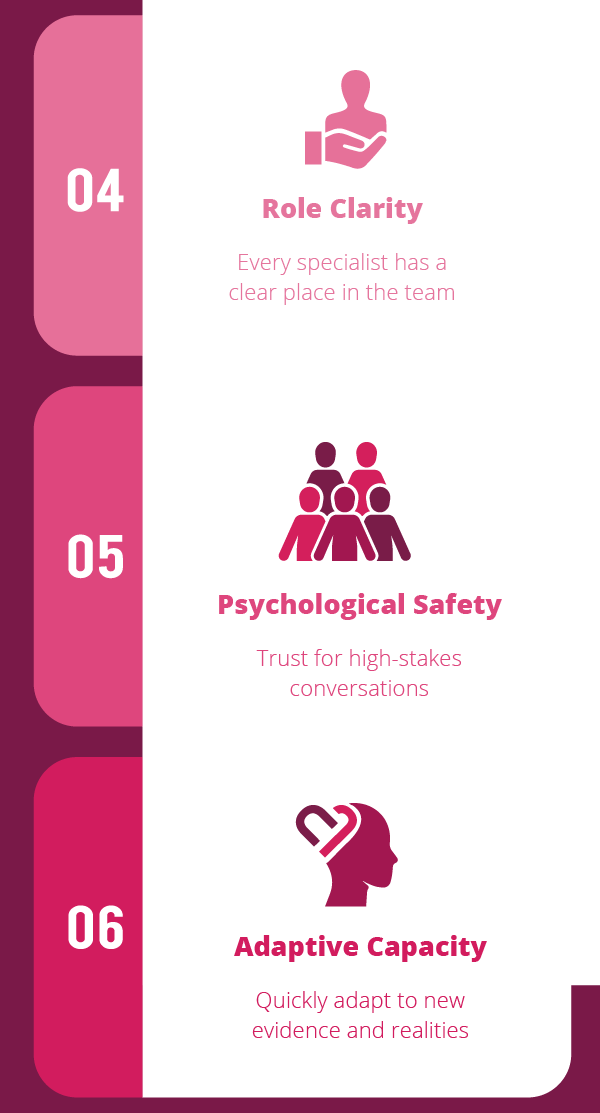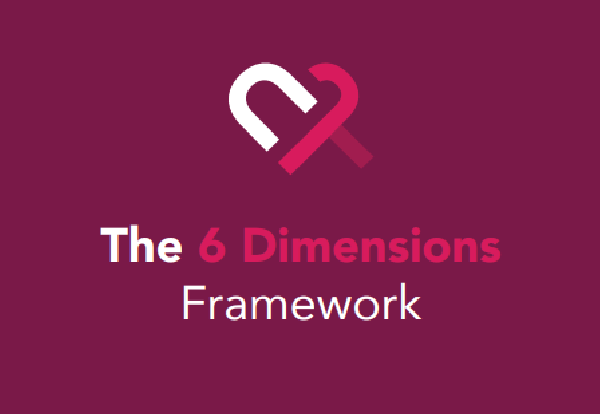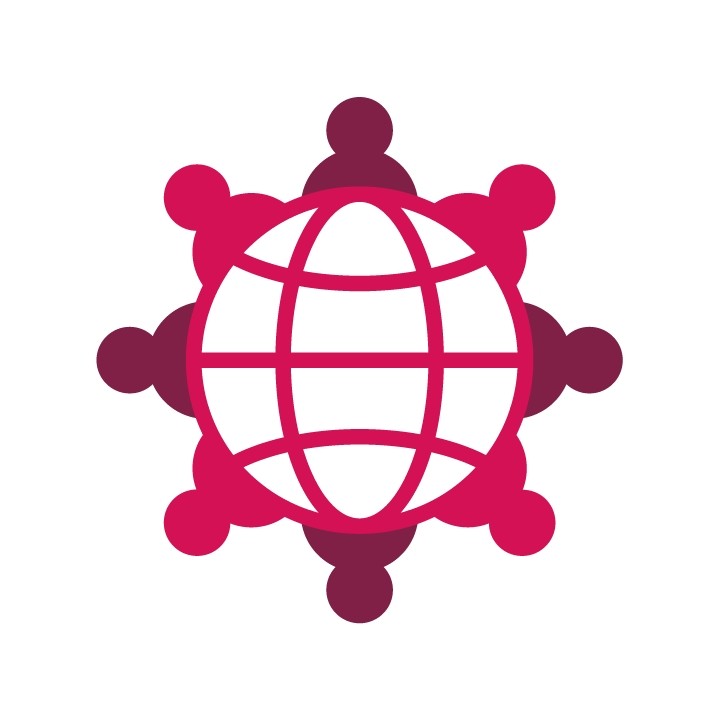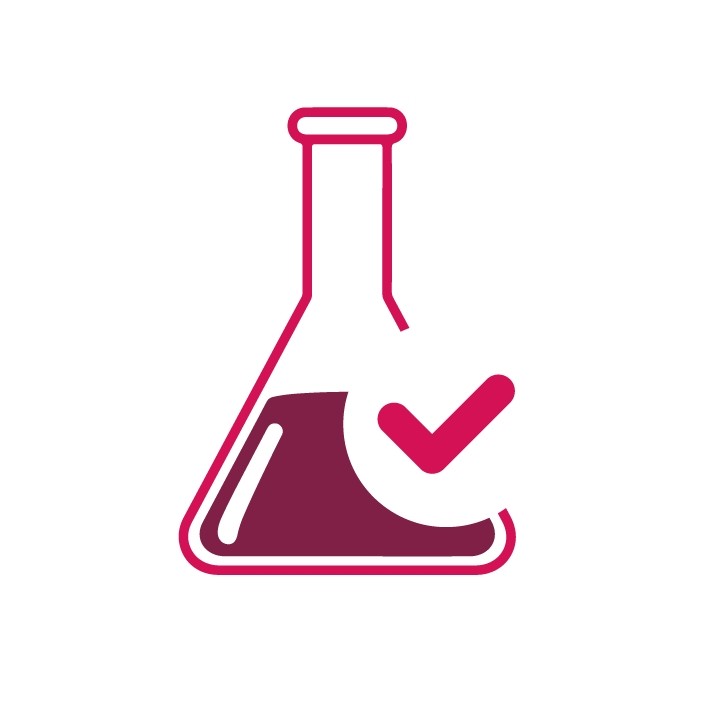1. Clinical Integration
 Turn specialist expertise into coordinated team impact
Turn specialist expertise into coordinated team impact
Systematic specialist coordination explains 52% of variance in treatment decision quality across 822 cancer case discussions in multidisciplinary team meetings (Soukup et al., 2020)
When coordination patterns are clear, individual mastery becomes team effectiveness. Your expertise stays central — but now it connects seamlessly with others to improve patient care.
What this looks like in practice:
- Structured handovers that preserve clinical nuance
- Cross-specialty consultation protocols that save time
- Decision frameworks that honour individual expertise while ensuring team alignment
2. Communication Clarity
 Create information flow that keeps cancer care moving
Create information flow that keeps cancer care moving
Structured tools improved MDT decision-making from 82% to 93%, with clinicians reporting smoother teamwork (Brown et al., 2022).
Context-aware communication makes information flow smooth and reliable. Your judgment guides what to share, when, and how — ensuring nothing essential gets lost across specialties.
What this looks like in practice:
- Clear protocols for urgent vs routine communications
- Structured meeting formats that surface the right information
- Documentation approaches that support rather than burden clinical flow
3. Decision Efficiency
 Make better decisions, even under pressure
Make better decisions, even under pressure
Decision quality drops after 20 cases — but short breaks fully reverse this decline (Soukup et al., 2019).
By recognising cognitive patterns, teams can protect decision quality under pressure. Structured approaches to meeting flow help sustain sharp, confident choices throughout long sessions.
What this looks like in practice:
- Meeting structures that maintain decision quality over time
- Break protocols that refresh cognitive capacity
- Decision frameworks that work under clinical pressure
4. Role Clarity
 Give every specialist a clear place in the team
Give every specialist a clear place in the team
Role clarity is systematically underdeveloped in MDTs, limiting execution even when discussions are strong (Horlait et al., 2019).
When roles align clearly, specialists collaborate without overlap or gaps. Individual expertise finds its place in a structure that ensures every contribution is recognised and used.
What this looks like in practice:
- Clear accountability structures for complex cases
- Defined communication pathways between specialties
- Meeting roles that leverage individual strengths effectively
5. Psychological Safety
 Build trust for high-stakes conversations
Build trust for high-stakes conversations
71% of European young oncologists report signs of burnout, with regional rates as high as 84% (Banerjee et al., 2017).
Teams that create space for honest input make better decisions. Psychological safety supports wellbeing, reduces burnout, and ensures professionals can speak up when it matters most.
What this looks like in practice:
- Meeting cultures that welcome questions and concerns
- Feedback approaches that strengthen rather than threaten professional relationships
- Conflict resolution that preserves both relationships and clinical standards
6. Adaptive Capacity
 Adapt quickly to new evidence and realities
Adapt quickly to new evidence and realities
Teams with strong adaptive processes implement evidence-based practices 3–5 times faster (Nilsen & Bernhardsson, 2019).
Adaptive capacity ensures improvements endure. Teams that learn and adjust through systematic approaches sustain progress, integrate new evidence rapidly, and advance patient care continuously.
What this looks like in practice:
- Learning protocols that capture and share insights effectively
- Change management that respects clinical expertise
- Continuous improvement approaches designed for healthcare environments
Our Methodology
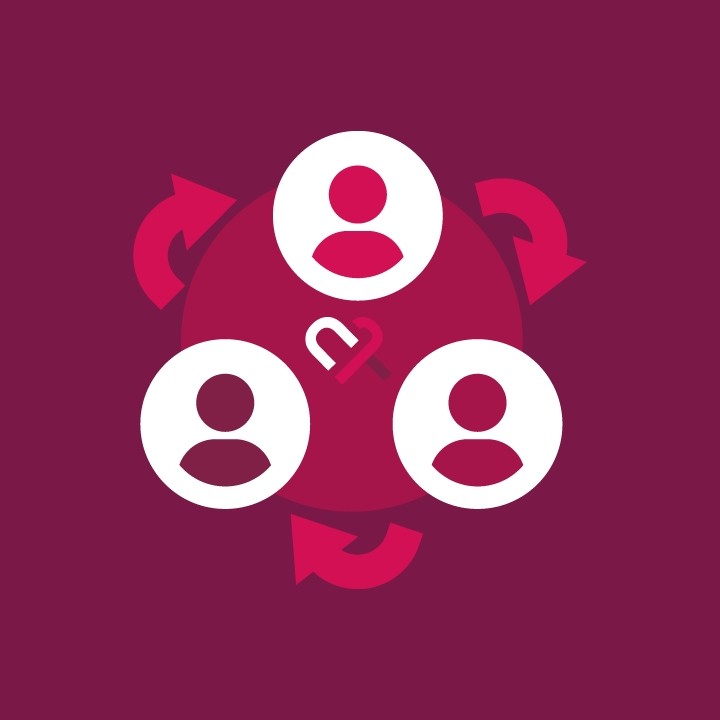
Read more UnityCheck Assessment
Discover where Clinical Excellence Evolution is already emerging in your practice. Receive a personalized MicroShift that supports your natural coordination instincts in 5 minutes.
Read more
Read more MicroShift Interventions
Implement evidence-based interventions that support Clinical Excellence Evolution. Targeted systematic change, measurable coordination impact, designed for cancer care professionals.
Read more
Read more NexusHub Community
Become part of European cancer care professionals experiencing Clinical Excellence Evolution together. Connect with peers navigating systematic coordination improvements.
Read more


